Getting this strange error while merging two regions using shapely's unary_union.
Shapely version: 1.6.4.post2
Python 3.5
Data

Polygons (side by side)

I want to add Gujranwala 1 and Gujranwala 2 to make it a single polygon.
Code
from shapely.ops import unary_union
polygons = [dfff['geometry'][1:2], dfff['geometry'][2:3]]
boundary = unary_union(polygons)
Output
---------------------------------------------------------------------------
AttributeError Traceback (most recent call last)
<ipython-input-41-ee1f09532724> in <module>()
1 from shapely.ops import unary_union
2 polygons = [dfff['geometry'][1:2], dfff['geometry'][2:3]]
----> 3 boundary = unary_union(polygons)
~/.local/lib/python3.5/site-packages/shapely/ops.py in unary_union(self, geoms)
145 subs = (c_void_p * L)()
146 for i, g in enumerate(geoms):
--> 147 subs[i] = g._geom
148 collection = lgeos.GEOSGeom_createCollection(6, subs, L)
149 return geom_factory(lgeos.methods['unary_union'](collection))
~/.local/lib/python3.5/site-packages/pandas/core/generic.py in __getattr__(self, name)
4374 if self._info_axis._can_hold_identifiers_and_holds_name(name):
4375 return self[name]
-> 4376 return object.__getattribute__(self, name)
4377
4378 def __setattr__(self, name, value):
AttributeError: 'GeoSeries' object has no attribute '_geom'